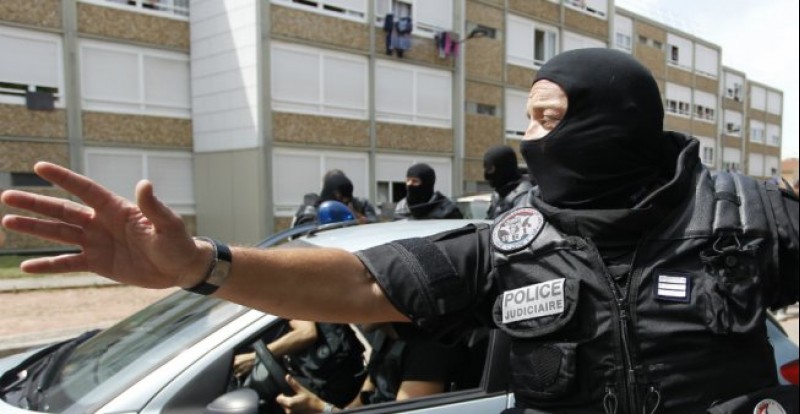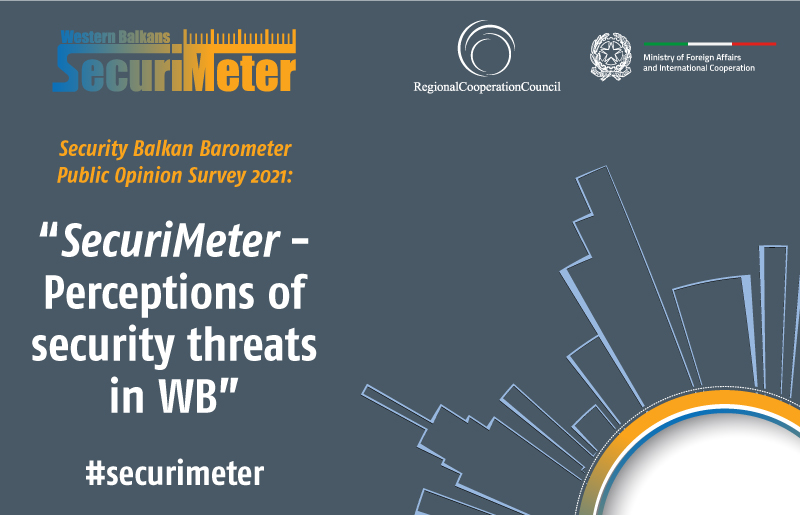- Home/
- News
How France was forced to reassess its ideas about radicalised youth

Photo: Emmanuel Foudrot, Reuters | A French special police force unit escorts a radicalised woman from a residential building during a raid in Saint-Priest, near Lyon, France, on June 26, 2015.
When Paris was hit by two major terrorist attacks in 2015, France embarked on a painful journey to understand the radicalisation of its youth. Three years later, researchers have discredited initial theories about the “typical” home-grown terrorist.
On January 7, 2015, three Islamist terrorists killed 17 people and injured a dozen more by attacking the central Parisian offices of the French satirical weekly Charlie Hebdo, and the Hypercasher supermarket on the outskirts of the French capital. On November 13, the same year, Paris was again left shell-shocked when nine terrorists killed 130 people and injured more than 350 others in coordinated gun and bomb attacks targeting the city’s nightlife.
As information about the killers trickled out into the media, the French were astounded to learn that the majority of the perpetrators were home-grown terrorists, having been brought up in either France or in its closest neighbour, Belgium. The discovery came as a blow to authorities who hadn’t realised the magnitude of France’s radicalisation problem, and sparked an onset of questions about why anyone would sacrifice their life to wage ideological warfare on their own homes and people. The French government quickly rolled out a nationwide program to detect and deradicalise these “disoriented” youths, but French scholars and researchers are now increasingly disagreeing with both the detection theories applied, and the ways in which radicalisation has so far been tackled.
There’s no ‘typical profile’
“In 2015, after the January and November attacks, the prevailing discourse consisted of stating: ‘These people are sick, they need to get treatment’,” French psychiatrist Guillaume Monod, who’s written a book on radicalisation, said at a Paris conference that drew some 90 psychologists, psychiatrists and psychotherapists earlier this week.
“Very quickly, a bunch of people declared themselves ‘experts’, without even having met any jihadists. Today, the topic has become a real academic discipline,” he said, noting that French researchers have learned a lot in the three years since the government launched its anti-radicalisation program, not the least from how differently they now view these youths.
“When the investigation into Amedy Coulibaly and the Kouachi brothers – the perpetrators of the January 2015 attack – began, this ‘typical profile’ [of radicalised youth] began to emerge. [And] the ‘typical path’ of the jihadist terrorist: A young man, of immigrant origin, with an absent father and who had been through either the child welfare services or judicial child protection services,” he was cited as telling French daily 20 Minutes, noting that this picture did not remotely correspond to the picture he got when he started speaking with radicalised inmates himself.
“The very first observation I made is that it’s only a very minority of jihadists who suffer from psychiatric problems.” But Monod’s second observation is perhaps even more surprising: “I met former drug addicts, family fathers, executives of private companies, jobless youths and those who were well integrated in both their jobs and workplace.” In short, they all had very little in common with the stereotypical radicalised youth.
‘We looked for ready-made answers’
Muriel Domenach, the secretary general of France’s Interministerial Committee on Crime Prevention (CIPDR), said that the stereotype was born out of her subject’s need to provide fast answers.
“In 2015, the shock was so big that we looked for reassuring, ready-made answers that were monocausal. Meanwhile, the experiences we have from being out on the field have shown that the causes of radicalisation are multiple,” she said.
Serge Hefez, a psychiatrist at the Pitié-Salpêtrière hospital in Paris and who’s in contact with some 40 radicalised youths, said that one common thread among those who become radicalised seems to be “a number of failures during adolescence, sometime quite big failures, and radicalisation is an attempt to exit this existential angst they find themselves in”.
Although every family of radicalised youth differs, “when it comes to their backgrounds, religions, and sometimes [even] very closely-knit families”, Hefez said that the family dynamic can often be compared to that of a sect. And so the youth “looks for another sect”, radio broadcaster France Inter cited him as saying.
France has already been forced to review its anti-radicalisation program and pull back some of its early initiatives, including its controversial deradicalisation centre in Pontourny which was closed after none of the nine youths that were held there completed their training. At the end of 2017, the French interior ministry said that some 25,000 people were on its terror watch list -- 9,700 of whom were suspected radicalised Islamists.
“Saying ‘you’re wrong’ doesn’t work. The real task is to make them distance themselves from the violence,” Monod concluded.
Source: Link


 Development of specialized PCVE web site is funded by EU FUNDS CN 2017-386/831 - "IPA II 2016 Regional Action on P/CVE in the Western Balkans"
Development of specialized PCVE web site is funded by EU FUNDS CN 2017-386/831 - "IPA II 2016 Regional Action on P/CVE in the Western Balkans"